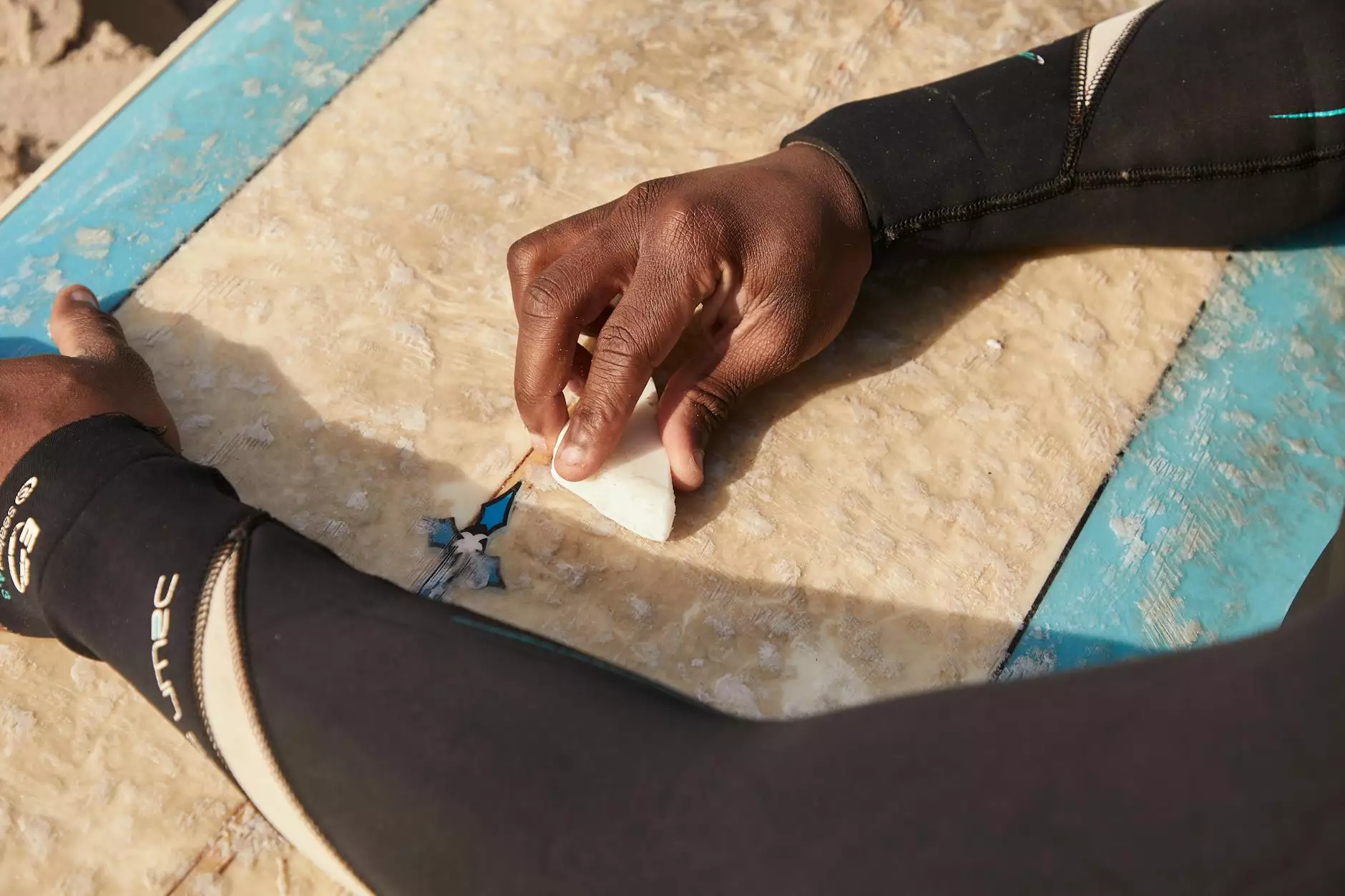Houseplant Propagation: A How-To Guide

Welcome to La Venezia Art & Fashion's comprehensive guide on houseplant propagation. In this detailed step-by-step guide, we will provide you with all the information you need to successfully propagate your beloved houseplants. Whether you're a beginner or an experienced gardener, this guide will equip you with the knowledge and techniques necessary for successful plant propagation.
Understanding Houseplant Propagation
Houseplant propagation refers to the process of creating new plants from existing ones. It allows you to expand your plant collection, share plants with friends and family, and revive struggling plants. Propagating houseplants can be done through various methods, including stem cuttings, leaf cuttings, division, and seed propagation.
1. Stem Cuttings
Stem cuttings are one of the most popular and effective methods of propagating houseplants. To propagate using stem cuttings, follow these steps:
- Select a healthy and mature stem from the parent plant. The stem should be free from any diseases or pests.
- Using a clean, sharp knife or pruning shears, make a clean cut just below a node. Nodes are the areas on the stem where leaves emerge.
- Remove any lower leaves or branches from the lower part of the stem, leaving only a few leaves at the top.
- Dip the cut end of the stem into a rooting hormone, which can help stimulate root growth.
- Plant the cut end of the stem into a well-draining potting soil or a rooting medium, ensuring the node is buried below the soil surface.
- Place the cutting in a warm and humid environment, such as a greenhouse or a propagator, to encourage root development.
- Keep the soil slightly moist but not waterlogged, and provide indirect light to promote growth.
- After a few weeks, roots should start to develop, and you can gradually acclimate the new plant to normal growing conditions.
Stem cuttings are suitable for many houseplants, including popular varieties like pothos, spider plants, and philodendrons.
2. Leaf Cuttings
Leaf cuttings are another common method for propagating certain types of houseplants. Here's how to propagate using leaf cuttings:
- Select a healthy and mature leaf from the parent plant. Ensure the leaf is free from any damage or disease.
- Gently remove the leaf from the parent plant, making sure to keep the leaf's stem intact.
- Place the leaf, stem-side down, into a well-draining potting mix or a shallow tray filled with water.
- Keep the potting mix or water consistently moist, allowing the development of new roots.
- After a few weeks, you should notice small plantlets or roots emerging from the leaf's stem.
- Once the new plantlets have developed roots, carefully transplant them into individual pots or containers.
Leaf cuttings are suitable for plants such as African violets, begonias, and various succulents.
3. Division
Division involves separating an existing plant into two or more parts, each with its own roots and stems. This method is often used for plants that naturally produce offsets, like snake plants or spider plants. Follow these steps to propagate through division:
- Carefully remove the parent plant from its pot, taking care not to damage the roots.
- Gently tease apart the root ball, separating it into smaller sections. Each section should have its own set of roots and stems.
- Inspect each divided section for any signs of damage, disease, or pests. Trim away any unhealthy parts.
- Plant each divided section into its own pot, using a well-draining potting mix.
- Provide each newly potted section with appropriate moisture and light for optimal growth.
4. Seed Propagation
Seed propagation is a more advanced method and is often used for plants that produce viable seeds. Here's how to propagate using seeds:
- Collect ripe seeds from the parent plant. Ensure the seeds are healthy and free from any diseases.
- Prepare a seed tray or small pots with a well-draining seed-starting mix.
- Plant the seeds according to their specific requirements, as some may need to be surface-sown, while others require a deeper planting depth.
- Water the seeds gently and keep the soil consistently moist throughout the germination process.
- Provide the seeds with the ideal temperature and light conditions for germination, which may vary depending on the plant species.
- As the seedlings grow, transplant them into larger pots or containers, following their specific care instructions.
Seed propagation allows you to grow a wide range of houseplants, from herbs and vegetables to flowering plants like roses or orchids.
Tips for Successful Houseplant Propagation
To ensure the success of your houseplant propagation endeavors, consider the following tips:
- Choose healthy parent plants with no signs of disease or pests.
- Use clean and sharp tools when taking cuttings or dividing plants to minimize the risk of infection.
- Apply a rooting hormone to cuttings to promote root development.
- Provide the right environmental conditions, including temperature, light, and humidity, for each specific plant species.
- Monitor soil moisture levels and avoid overwatering, as excessive moisture can lead to root rot.
- Be patient and allow sufficient time for roots and new growth to develop before expecting significant progress.
- Research the specific propagation requirements for each plant species, as some may have unique needs.
- Experiment with different techniques and methods to find what works best for your specific plants.
Conclusion
Congratulations! You're now equipped with the knowledge and techniques to successfully propagate your houseplants. Remember to choose the appropriate method for each plant species and provide them with the optimal care throughout the propagation process. With practice and patience, you'll soon be expanding your houseplant collection and sharing the joy of gardening with others. Happy propagating!









